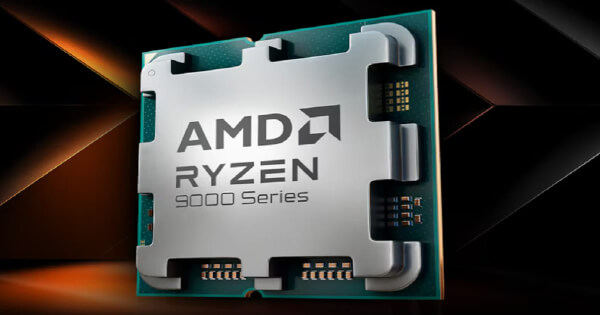James Ding
Jul 30, 2024 11:50
AMD’s MI300X accelerators, with high memory bandwidth and capacity, enhance the performance and efficiency of large language models.
AMD’s latest innovation, the Instinct MI300X accelerator, is set to revolutionize the deployment of large language models (LLMs) by addressing key challenges in cost, performance, and availability, according to AMD.com.
Enhanced Memory Bandwidth and Capacity
One of the standout features of the MI300X accelerator is its impressive memory bandwidth and capacity. The GPU boasts up to 5.3 TB/s of peak memory bandwidth and 192 GB of HBM3 memory. This surpasses the Nvidia H200, which offers 4.9 TB/s of peak memory bandwidth and 141 GB of HBM2e memory. Such capabilities allow the MI300X to support models with up to 80 billion parameters on a single GPU, eliminating the need to split models across multiple GPUs and thereby reducing data transfer complexities and inefficiencies.
The substantial memory capacity allows more of the model to be stored closer to the compute units, which helps reduce latency and improve performance. This feature simplifies deployment and enhances performance, making the MI300X a viable option for enterprises aiming to deploy advanced AI models like ChatGPT.
Flash Attention for Optimized Inference
AMD’s MI300X supports Flash Attention, a significant advancement in optimizing LLM inference on GPUs. Traditional attention mechanisms often face bottlenecks due to multiple reads and writes to high-bandwidth memory. Flash Attention mitigates this by combining operations such as activation and dropout into a single step, thus reducing data movement and increasing processing speed. This optimization is particularly beneficial for LLMs, enabling faster and more efficient processing.
Performance in Floating Point Operations
The MI300X excels in floating point operations, delivering up to 1.3 PFLOPS of FP16 (half-precision floating point) performance and 163.4 TFLOPS of FP32 (single-precision floating point) performance. These metrics are crucial for ensuring that the complex computations involved in LLMs run efficiently and accurately. The architecture supports advanced parallelism, enabling the GPU to handle multiple operations simultaneously, which is essential for managing the vast number of parameters in LLMs.
Optimized Software Stack with ROCm
The AMD ROCm software platform provides a robust foundation for AI and HPC workloads. ROCm offers various libraries, tools, and frameworks tailored for AI, allowing developers to readily utilize the MI300X GPU’s capabilities. The software platform supports leading AI frameworks such as PyTorch and TensorFlow, facilitating the integration of thousands of Hugging Face models. This ensures that developers can maximize the performance of their applications and deliver peak performance for LLM inference when using AMD GPUs.
Real-World Impact and Collaborations
AMD collaborates with industry partners such as Microsoft, Hugging Face, and the OpenAI Triton team to optimize LLM inference models and tackle real-world challenges. The Microsoft Azure cloud platform uses AMD GPUs, including the MI300X, to enhance enterprise AI services. Notably, Microsoft and OpenAI have deployed the MI300X with ChatGPT-4, demonstrating the GPU’s capability to handle large-scale AI workloads efficiently. Hugging Face leverages AMD hardware to fine-tune models and improve inference speeds, while collaboration with the OpenAI Triton team focuses on integrating advanced tools and frameworks.
In summary, the AMD Instinct MI300X accelerator is a formidable choice for deploying large language models due to its ability to address cost, performance, and availability challenges. The GPU’s high memory bandwidth, substantial capacity, and optimized software stack make it an excellent option for enterprises aiming to maintain robust AI operations and achieve optimal performance.
Image source: Shutterstock









